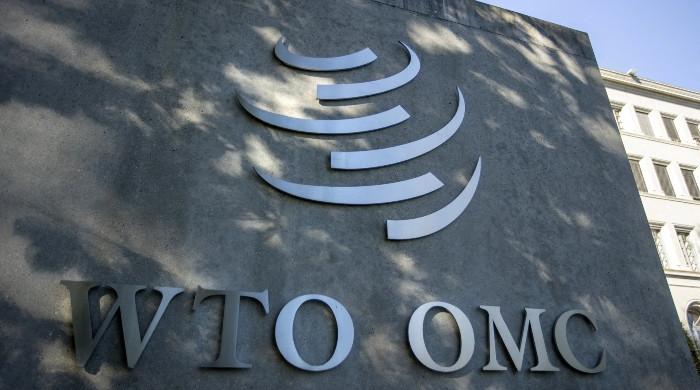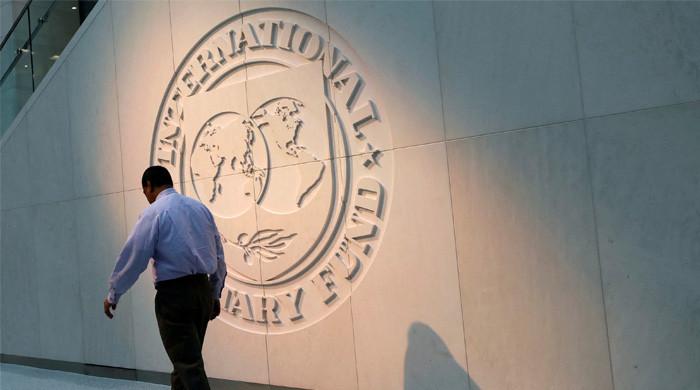The quality of IT education in Pakistan
Over last 15 years, in most years, annual export growth of IT and ITES sector has been solidly in double digits
August 11, 2022

The Information Technology (IT) and IT Enabled Services (ITES) sector has been among the fastest growing in Pakistan’s economy. IT exports for 2021-22 are expected to clock in at around $3.5 billion, up from $2.1 billion the previous year, a massive 66 per cent increase.
Over the last 15 years, in most years, annual export growth of the IT and ITES sector has been solidly in the double digits. Fully developed, this sector has the potential to become a huge contributor to the foreign exchange needs of the country. During this time, at different times, successive governments have exhibited various degrees of support (by introducing policy reforms), indifference and neglect (by inaction), and at times greed (by milking the cow prematurely by significantly raising taxes) towards it.
What is more, the Board of Investment’s (BOI) data of forex earned from exports vs forex spent on imports by the IT sector from 2006 to 2019 shows how incremental additional forex spending has coincided with a disproportionately larger increase in exports.
In August of last year, the Pakistan Software Houses Association (P@SHA) issued its Salary Survey 2021, a detailed report that goes well beyond documenting compensations of a wide variety of roles in Pakistan’s IT industry. The data is sliced by location, roles, experience level, company size, company types, gender.
Despite the mushroom growth of computer science and related programmes in colleges and universities over the past few decades, the IT and ITES sector still faces a shortage of skilled, capable professional workers. This is evidenced by the fact that 50 per cent of companies cited the lack of experienced human resources in the market, and 17 per cent cited employee retention as the reason for higher salary increments. High staff turnover rates provide further evidence that this is an experienced and qualified worker’s market — staff turnover rate went from the 14-18 per cent range in the years from 2017 to 2020, up to a whopping 30 per cent in 2021.
The report dedicates a significant section to industry-academia linkages and university rankings. It contains several rankings of universities, such as by companies’ willingness to offer their graduates higher salaries, reputation for research and innovation, number of graduates on company staff, rankings sliced by regions as well as an overall nationwide ranking. The universities listed in almost all these rankings, in descending order, are: NUCES-FAST, NUST, LUMS, COMSATS, GIKI, IBA, UET-Lahore, NED UET, Bahria University and SZABIST. Industry-academia linkages and, closely related to it, employer reputation also factor into global university rankings, such as the Times Higher Education (THE) and QS rankings.
Region-specific rankings add more names to this list. Almost all universities featuring prominently on these rankings are located in the three technology hubs: Islamabad, Lahore and Karachi. These three cities account for 97 per cent of the companies and more than 99 per cent of the more than 30,000 employees surveyed for the P@SHA report.
Note how most names are private universities or public universities that enjoy better levels of financial support than most public universities. The university rankings in the P@SHA report are the market’s evaluation of graduate employability (and worth) of computer science and related programs of universities.
A few months ago, I wrote about some of the insights that were buried in the data set of applicant profiles for batch-3 of the Kamyab Jawan programme. The programme offered 240 different skill trainings of various duration typically intended for those with a high school education or less. As an education researcher, I was very interested in applicants holding university degrees. Out of 279,000 unique applicants, 74 had PhD degrees, 29,225 had MA/MSc degrees and 76,899 had BA/BSc degrees.
Unsurprisingly, interest was strongly skewed towards technology-sector skills. The top-five programmes by applications were: 1) Digital Marketing and Search Engine Optimisation (SEO); 2) Amazon Virtual Assistant; 3) IT (Web Graphics & Mobile App Development); 4) Cyber Security; and 5) Computer Application and Office Professional, which received between 24,000 and 18,000 applications each.
Based on data available at the time, the following were the 10 universities that supplied the most university graduates to the applicant pool: 1) University of Punjab, 2) various degree colleges across the country, 3) Allama Iqbal Open University (AIOU), 4) University of Sindh Jamshoro, 5) University of Karachi, 6) Bahauddin Zakariya University Multan, 7) Islamia University Bahawalpur, 8) University of Peshawar, 9) Government College University Faisalabad and 10) University of Balochistan Quetta. Applicants from each institution range from many thousands to about 1300.
This can be interpreted as a list of the top large universities whose programmes fail to make their graduates employable. Note that all of them are public. Also note that this list is complementary to the list of university names found in the P@SHA report’s rankings by IT and ITES companies.
Also noteworthy is that almost all universities with sought-after programmes are located in or near Pakistan’s three tech hubs. On the other hand, several universities whose graduates feel the need for a vocational / skills training programme post-degree are located outside those tech hubs. The geographical distance of a university to relevant employers is an important factor that determines the ease with which industry-academia linkages can be established and, ultimately, how many graduates can transition into jobs.
Institutions located in far-flung areas or even tier-2 and tier-3 cities also have difficulty attracting and retaining qualified faculty members on staff. This is particularly the case for technology programmes which end up wallowing in mediocrity. This is something politicians need to keep in mind when they demand or announce the establishment of a new university for their constituency. The faculty talent pool available to small-town and far-flung universities affects the level of skill that can be expected from graduates of their programmes.
P@SHA’s university ranking is, in essence, an assessment of that all-important feature the HEC and universities claim to champion but have so much trouble quantifying: the quality of (computer science and associated) programmes. The results of the HEC’s one-size-fits-all approach to programme rankings lumps vastly different programmes into the same basket and that is why they do not align with the public’s perception of institutional reputations.
I have said it before, and I will say it again: the myriad of factors that are taken into account to arrive at the HEC’s rankings are for the most part irrelevant for the purpose of most undergraduate students who make up the bulk of university students. Undergraduate students largely do not care how many papers their faculty published in (often) obscure venues, grant proposals they won or patents they have to their name.
It ought to be universities’ own responsibility to collect, publish and disseminate data that proves their programme’s quality and effectiveness. The HEC stepped in and tried to fill that void with its own ranking but clearly lacks sufficient resources for this task. In that regard, P@SHA is providing valuable information to the public that at least covers computer science and IT education. Prospective computer science and IT programme students and their parents should take full benefit from P@SHA’s — the industry’s — own report which provides a useful, actionable, and outcome-based evaluation of local university programmes; one hopes it is able to continue publishing them in years to come











